

Damion Smy
Suzuki Fronx recalled after seatbelt failure sparks ‘urgent investigation’
3 Hours Ago
Hyundai’s forthcoming three-row Ioniq 7 has been spied in traffic wearing body-hugging camouflage, giving us our clearest look yet at the flagship electric SUV.
As seen in images published on Korean site Bobae Dream, the relatively minimal amount of camouflage compared to previous test mules suggests the Ioniq 7 is nearly at the end of its testing regime.
The Ioniq 7 is set to go on sale in Australia during the second half of 2024.
Predictably, the minimal camouflage on the spied Ioniq 7 reveals a continuation of Hyundai’s two-tiered lighting design language, which pairs a horizontal daytime running light with vertical headlights.
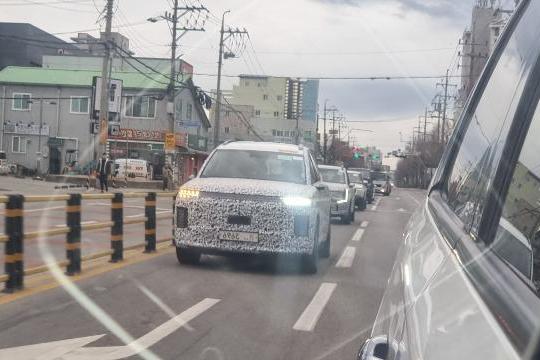
The rest of the front of the vehicle appears quite squared-off, especially compared to the Kia EV9 behind it; the two large SUVs share their e-GMP underpinnings.
As with the 2021 Seven concept, which previewed the Ioniq 7, the production vehicle’s belt line rises sharply aft of the B-pillar.
The rear represents the largest departure from the concept as, like the transition from the Prophecy concept to the Ioniq 6 production vehicle, there’s been a significant redesign of the rear.
Instead of a completely glass tailgate lined with pixel-like LED lighting elements, there’s a more conventional tailgate and tail light setup.
A curved LED strip runs across the top of the rear window and flows into larger vertical tail lights.

With a 3200mm wheelbase, Hyundai says the interior of the Seven concept offers a “completely new dimension of space” with a tall roof and a flat floor.
Previous spy shots have shown the seats and door trims are very similar to those already offered in the Ioniq 5 and Ioniq 6 EVs.
As mentioned, the Ioniq 7 will share the E-GMP dedicated electric vehicle (EV) platform with not only the Kia EV9, but also vehicles like the Hyundai Ioniq 5 and Ioniq 6.
While the Seven concept had “more than 480km” of range, drivetrain specs remain undisclosed, but we can look to the EV9 for clues.
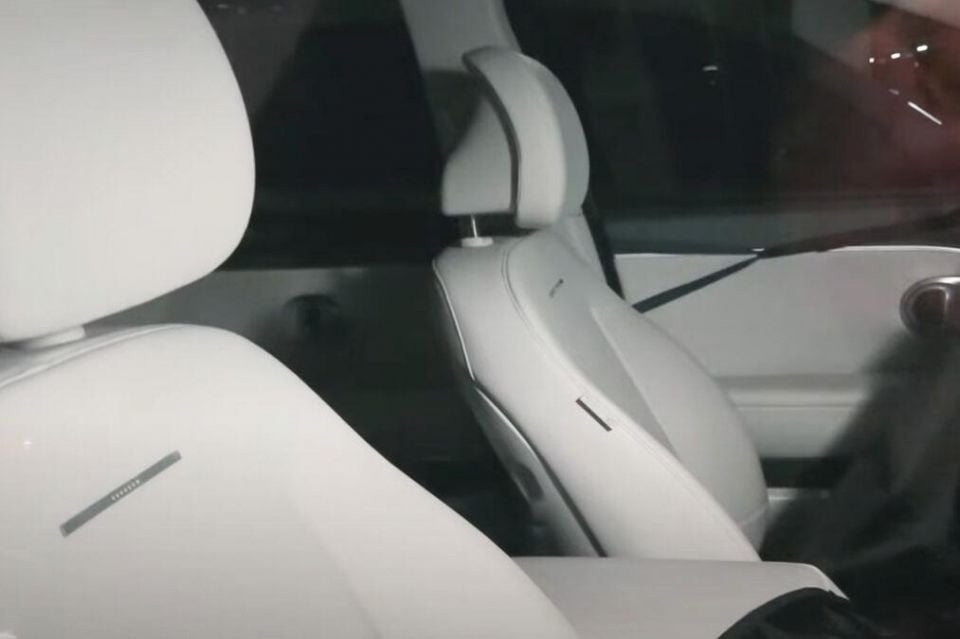
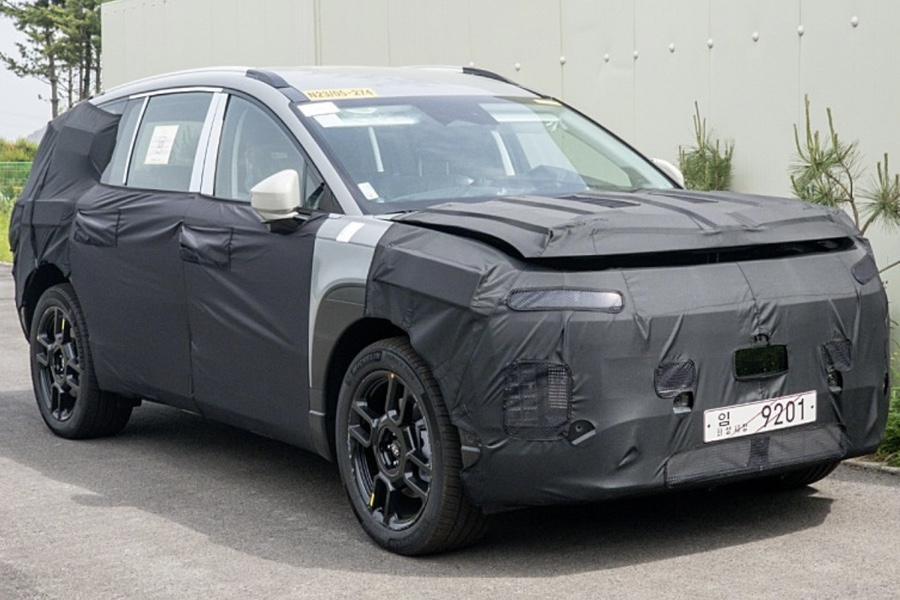
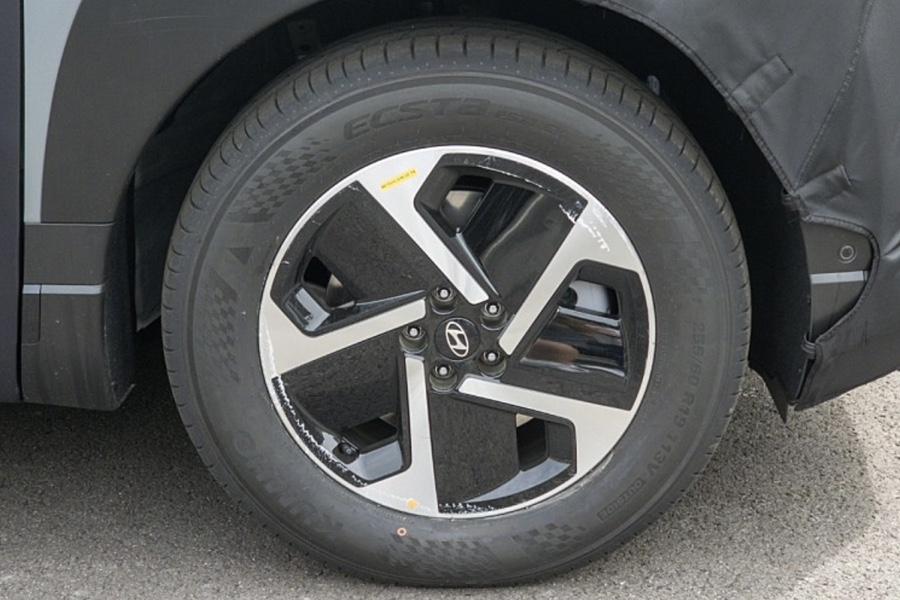

The base rear-wheel drive EV9 Air features a single-motor drivetrain, with a 160kW/350Nm power unit on the rear axle. The claimed 0-100km/h time is 8.2 seconds, while there’s a 76.1kWh lithium-ion battery providing a WLTP range of 443km.
Both the Earth and GT-Line get a dual-motor all-wheel drive drivetrain, with 141kW/350Nm electric motors mounted to each axle – system outputs are 283kW/700Nm. These AWD models score a Long Range battery with 99.8kWh of capacity granting them WLTP range of 512km.
All EV9s feature an 800V electrical system.
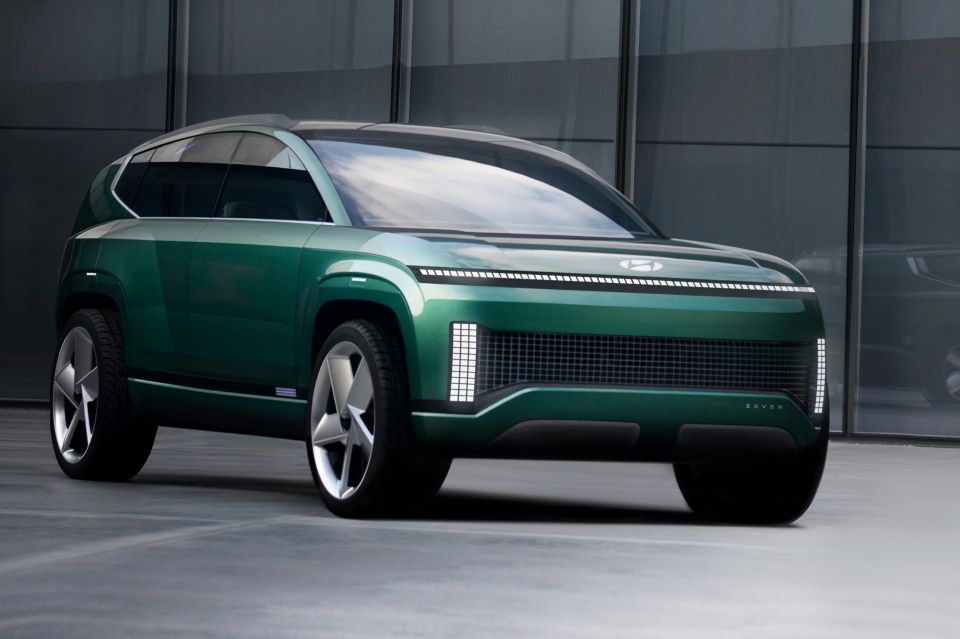
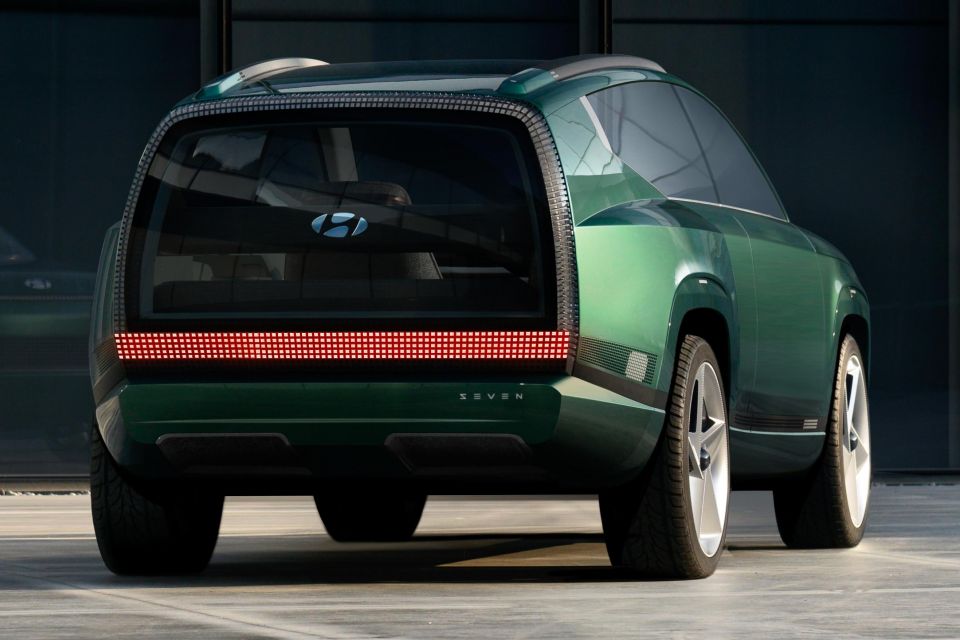
Quoted acceleration times differ slightly for the AWD models, with the Earth claiming 6.0 seconds and the GT-Line cutting that to 5.3 seconds.
Prices start from $97,000 before on-road costs and stretch to $121,000 plus on-road costs for the Kia EV9. Therefore we can expect to see pricing for the Ioniq 7 to be in the same ballpark.
Hyundai is projecting 6000 sales of its Ioniq-branded electric vehicles for 2024, up from 3000 in 2023.
The Ioniq 7 will also form part of Hyundai Australia’s plans to offer an electrified option in all of its SUV segments by the end of next year, joining the Santa Fe Hybrid in the large SUV segment.
Where expert car reviews meet expert car buying – CarExpert gives you trusted advice, personalised service and real savings on your next new car.


Damion Smy
3 Hours Ago
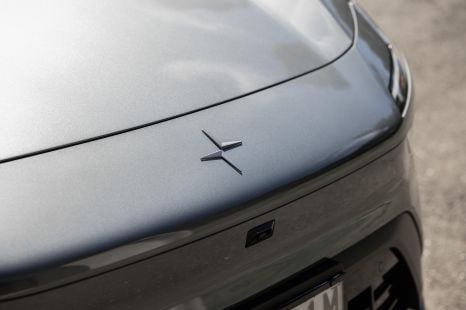

Damion Smy
4 Hours Ago


Damion Smy
6 Hours Ago


Damion Smy
8 Hours Ago


CarExpert.com.au
9 Hours Ago


Ben Zachariah
11 Hours Ago